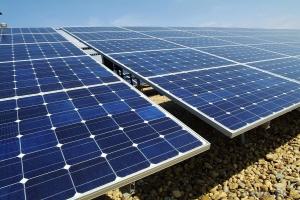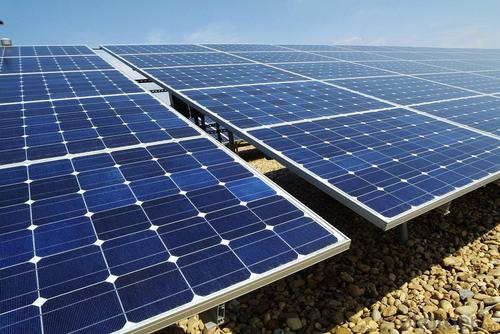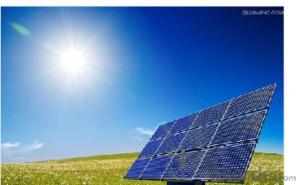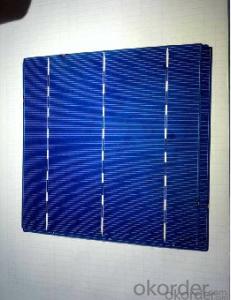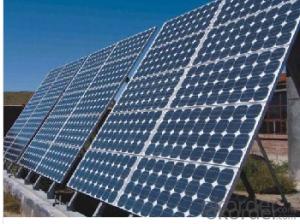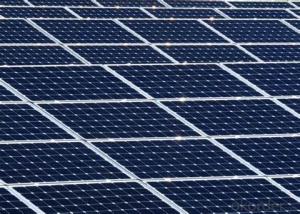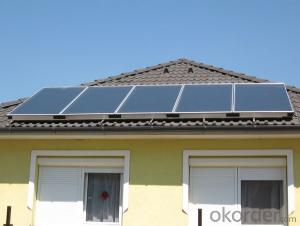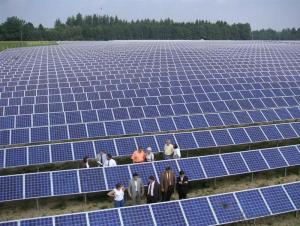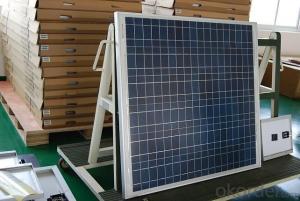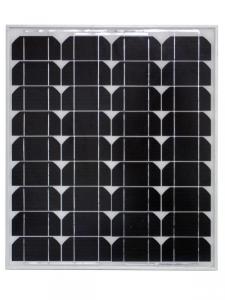Portable Solar Panels - Waterproof Solar Panel with Indoor LED Bulb 70W
- Loading Port:
- Shanghai
- Payment Terms:
- TT OR LC
- Min Order Qty:
- 1 watt
- Supply Capability:
- 1000 watt/month
OKorder Service Pledge
OKorder Financial Service
You Might Also Like
Specification
Features:
•Our solar panel is designed according to and complying with all requirements in IEC 61730 and IEC 61215 ed2(Certified by TUV Rheinland )
•We use on our solar panel white tempered glass, EVA, weather-proof substrate film and anodized aluminium frame to provide adequate protection against various environmental conditions
•Visual inspection, performance measurement and dielectric strength tests on every solar module
•Each of our solar panel is backed by a 25 year limited power warranty (≥80%) and 10 year workmanship warranty
•Customization upon request.
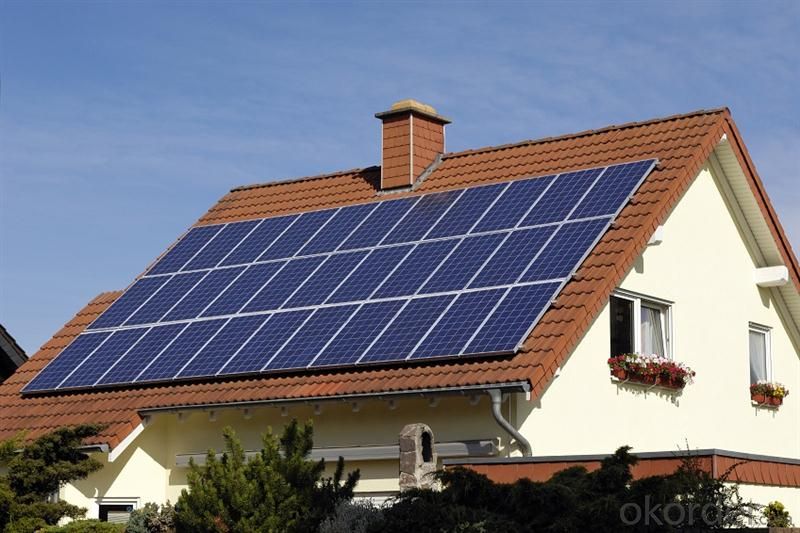
China National Building Material Group Corporation
CNBM International Corporation is a professional solar panel manufacturer in China for CNBM brand . Silicon panel ( silicon module), as our main product, has high quality and good service. Our products are very popular in Europe, Australia, England, Middle East, Mexico, Argentina, Chili, Singapore and Africa.
Furthermore, our products have gained international authorized certificates like TUV, UL and CE.
China National Building Material (Group) Corporation (CNBM), established in 1984, is one of the largest State-owned group corporations of building & mechanical materials which specializes in the design, manufacturing and distribution of building materials in the world.
As the whole world turns “green”, CNBM enters into the Photovoltaic Industry in 2005.After 6 years' fast growth, now our annual capacity is 500MW solar panel and 500MW solar cell.
Features of our products:
• High conversion efficiency mono/poly-crystalline amorphous silicon solar cells
• Modules incorporate high performance bypass diodes to minimize the power drop caused by shading
• High transmittance, low-iron tempered glass
• High performance EVA encapsulant to prevent destroying and water.
• AI frame: without screw, corner connection. 8 holes on the frame can be installed easily
• Good performance of preventing from atrocious weather such as wind and hails
• Certifications: CE IEC TUV VDE UL, Class I
• 10 years 90% power output warranty
- Q: What is the difference between monocrystalline and polycrystalline solar panels?
- Monocrystalline solar panels are made from a single crystal structure, resulting in higher efficiency and performance but at a higher cost. Polycrystalline solar panels are made from multiple crystal structures, which lowers their efficiency slightly but also reduces their cost.
- Q: will at least consider them for their home electricity? I've seen several articles that new technologies are now being used, but it doesn't seem to be promoted to residential apps. I've even seen that the solar technology will be used in paints in the near future.
- As the cost of fossil fuels continues to rise, solar panels become of more value. At one time they were looked on as a rather expensive investment with only a long-term pay off. Now oil is so expensive other sources of power such as wind, solar panels and geothermal energy become relatively cheaper. The efficiency of solar panels is expected to rise so that even in regions where sunlight is limited, these become a realistic investment.
- Q: Can solar panels be installed on a car?
- Yes, solar panels can be installed on a car. Solar panels can be mounted on the roof or hood of a car to harness sunlight and convert it into electricity, which can then be used to power various systems or charge the car's battery. This can help reduce the reliance on traditional fuel sources and provide an eco-friendly alternative for powering vehicles. However, it's important to note that the amount of electricity generated by solar panels on a car may be limited due to the small surface area available for installation.
- Q: Can solar panels be used in areas with high levels of electromagnetic radiation?
- Yes, solar panels can be used in areas with high levels of electromagnetic radiation. While electromagnetic radiation can potentially interfere with the functioning of electronic devices, solar panels are designed to withstand various environmental conditions. They are typically equipped with protective measures, such as grounding and shielding, to minimize the impact of electromagnetic radiation. Therefore, as long as the solar panels are installed correctly and maintained properly, they can continue to generate electricity efficiently even in areas with high levels of electromagnetic radiation.
- Q: How do solar panels affect satellite dish reception?
- Solar panels can potentially interfere with satellite dish reception if they obstruct the line of sight between the dish and the satellite. However, modern satellite technology and proper positioning of both the panels and the dish can often mitigate any negative impact on reception.
- Q: If my school was to purchase enough solar panels to run the school off only their power, how much might that cost? (I have a really small school, only 384 kids.)Just general prices of solar panels and how much electricity they yield would be fine too.
- Solar panels typically cost in the range of 8 to 0 dollars per kilowatt of power they are capable of providing. That same kilowatt of power costs in the range of 8 to 0 cents normally. This is the reason solar is not all that viable, without government incentives. The person who responded You're looking at $0,000 to $40,000... is so far off the real answer as to not even be funny. I suspect a solar pv system for a school would start in the $400,000 to $500,000 range. Many areas though have incentives, which will reduce the actual out of pocket costs (but not to $0k).
- Q: Can solar panels be used to power a school?
- Yes, solar panels can definitely be used to power a school. Solar panels are a sustainable and renewable source of energy that can generate electricity by harnessing the sun's energy. By installing solar panels on the roofs or grounds of a school, it is possible to generate enough electricity to power various electrical systems within the school, including lighting, heating, cooling, and other appliances. This can not only help reduce the school's reliance on non-renewable energy sources but also lead to significant cost savings in the long run.
- Q: What is the working principle of solar panels?
- The production of solar cells is mainly based on semiconductor materials, its working principle is the use of optoelectronic materials to absorb light energy after the photoelectricity in the conversion reaction, according to the different materials used, solar cells can be divided into:
- Q: How do solar panels affect the property's energy management strategy?
- Solar panels can significantly impact a property's energy management strategy by providing a renewable and sustainable source of electricity. By harnessing solar energy, the property can reduce its dependence on traditional power sources, lower energy costs, and decrease its carbon footprint. Solar panels can also help to stabilize energy prices, as they generate electricity during peak demand periods, reducing the need to purchase electricity from the grid. Additionally, solar panels can provide a reliable source of backup power during grid outages, enhancing the property's energy resilience. Overall, solar panels offer numerous advantages to a property's energy management strategy, promoting sustainability, cost savings, and energy independence.
- Q: How do solar panels perform in cloudy weather?
- Solar panels can still generate electricity in cloudy weather, although their performance is reduced compared to sunny days. Cloud cover reduces the amount of sunlight reaching the panels, resulting in a decrease in energy production. However, solar panels can still produce a significant amount of energy even under cloudy conditions, making them a viable source of renewable energy in regions with less sunlight.
Send your message to us
Portable Solar Panels - Waterproof Solar Panel with Indoor LED Bulb 70W
- Loading Port:
- Shanghai
- Payment Terms:
- TT OR LC
- Min Order Qty:
- 1 watt
- Supply Capability:
- 1000 watt/month
OKorder Service Pledge
OKorder Financial Service
Similar products
Hot products
Hot Searches
Related keywords
